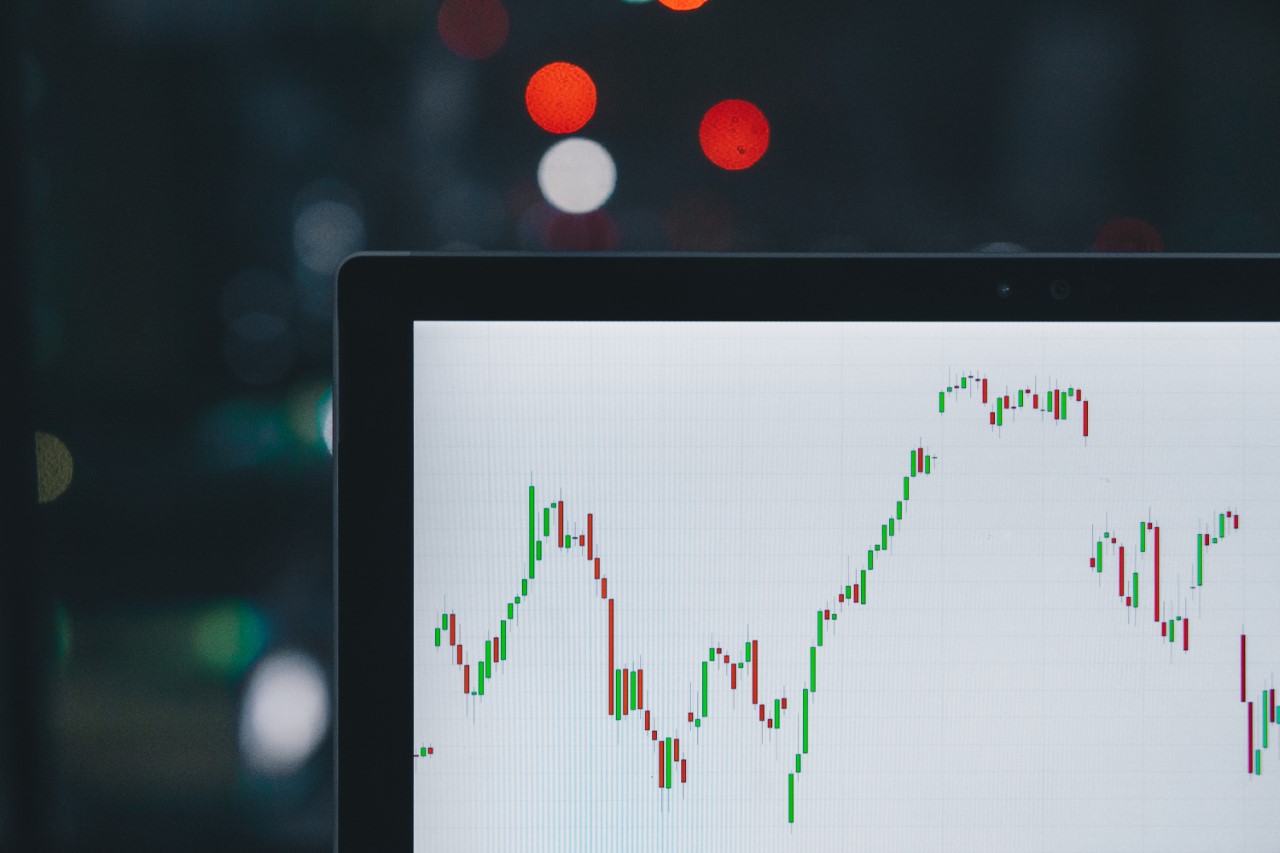
Capturing pricing opportunity in speciality chemicals through automation
Submitted by:
Andrew Warmington
Robert Smith of Pricefx looks at how a sector that is not traditionally price-driven can cope in a world of price volatility
Over the past year, dramatic market changes due to a cascade of unique events, notably the COVID-19 pandemic, the Suez Canal obstruction and the Colonial Pipeline ransomware attack, have impacted pricing - and subsequently, profits - across a myriad of industries. While these occurrences have received worldwide media attention, looking at them as outliers would miss the point: in today’s highly interconnected world, market volatility that in turns affects prices is the norm.
To a great extent, speciality chemical producers would see this volatility as the domain of commodity products. There is an inherent desire in speciality chemicals to resist frequent price changes and to avoid any connection between price and cost. Certainly, variations in supply and demand put pressure on pricing models and may impact product pricing, but other opportunities in pricing exist for the producer and seller.
The speciality product has differentiation in value that needs to be understood and protected. There is a need for a systemised approach to value that enables this differentiation to be rewarded through price. Additionally, in today’s world of ever increasing data, there is an opportunity to leverage certain kinds of data to develop an improved understanding of value-based segmentation and customer willingness to pay.
Automation in pricing software can support both of these areas to enable proper value realisation and a significant uplift in profitability. This article will briefly explore these opportunities to better understand how the speciality chemical company can benefit from pricing software.
Understanding value drivers
The speciality chemical value proposition centres on products that are differentiated and create unique value for customers. Understanding this differentiation by market and customer typically involves a depth of understanding that may take many years of experience to understand.
For those companies who have built an in-depth understanding of customer value, it is important to consider how to apply that to pricing and to ensure the pricing is not undermined by aggressive procurement professionals attempting to reframe the product as a commodity for competitive purposes. In such situations, having a pricing infrastructure that supports the documentation of value drivers and automatically applies it to quoting and pricing activities is critical to sustain value.
Leveraging existing data
Some speciality producers may feel they lack the in-depth understanding of differential value described above or are unable or unwilling to invest the resources to build the deep understanding of differentiation needed to price products in accordance with the value realised by their customers. In such cases, there is another way to get to this understanding. The key to it can be found in the combination of pricing data and pricing software.
Current price optimisation capabilities can leverage existing pricing data to determine value-based market segments and customer willingness to pay within such segments. When combined with the above-mentioned capabilities to apply these insights automatically to quoting and pricing activities, a robust engine exists to improve understanding and capture of customer value, resulting in increased margins.
Speciality chemicals have unique physical properties that differentiate them from other chemicals on the market. With automation tools, producers have a better understanding of the value their products add to their customers’ business. By learning what customers value and what they are willing to pay for - value-based pricing versus cost-based pricing - leaders can set the right target price for each product for each customer.
Sales teams can also benefit from the use of automation pricing tools, in that the tools guide sales teams and provide a target range that permits some flexibility. Management can flex the incentive scheme’s emphasis on price or volume, depending on market conditions and asset utilisation.
Best practices for implementation
A pricing strategy will not succeed without ongoing support from top management. And, while it is natural that any change will have promoters and detractors at the onset, it is important for management to bring the team together behind the vision and reinforce critical pricing behaviour with role modelling and the other incentives.
Ahead of implementing automation software, executives should consider three priorities:
* Sequence the programme: Not everything needs to happen at once. Prioritisation will be essential, not only to direct focus but also to draw lessons in early stages that can be applied throughout
* Focus on early wins: As with any new initiative, putting a premium on measurable results early can improve the case for change. Momentum builds as detractors see the benefits of new programmes
* Make it tangible and practical: None of this will work unless the sales force buys in and changes its behaviour.
Most companies will require a significant investment in training, tools and new processes to ensure a successful rollout and ongoing change There is never a bad time to improve pricing capabilities through AI-powered automation, but there is certainly no better time than now, especially for an industry like speciality chemicals that has been slow to evolve its pricing model.
Speciality chemicals producers who do not act may find themselves struggling to maintain value differentials in pricing as geopolitical and environmental tumult continue. Those who follow the formula for pricing success - pricing to value, adopting price optimisation and realigning sales incentives - can outperform the market and maintain a healthy bottom line.
Contact:
Robert Smith
Industry Advisor
Pricefx
